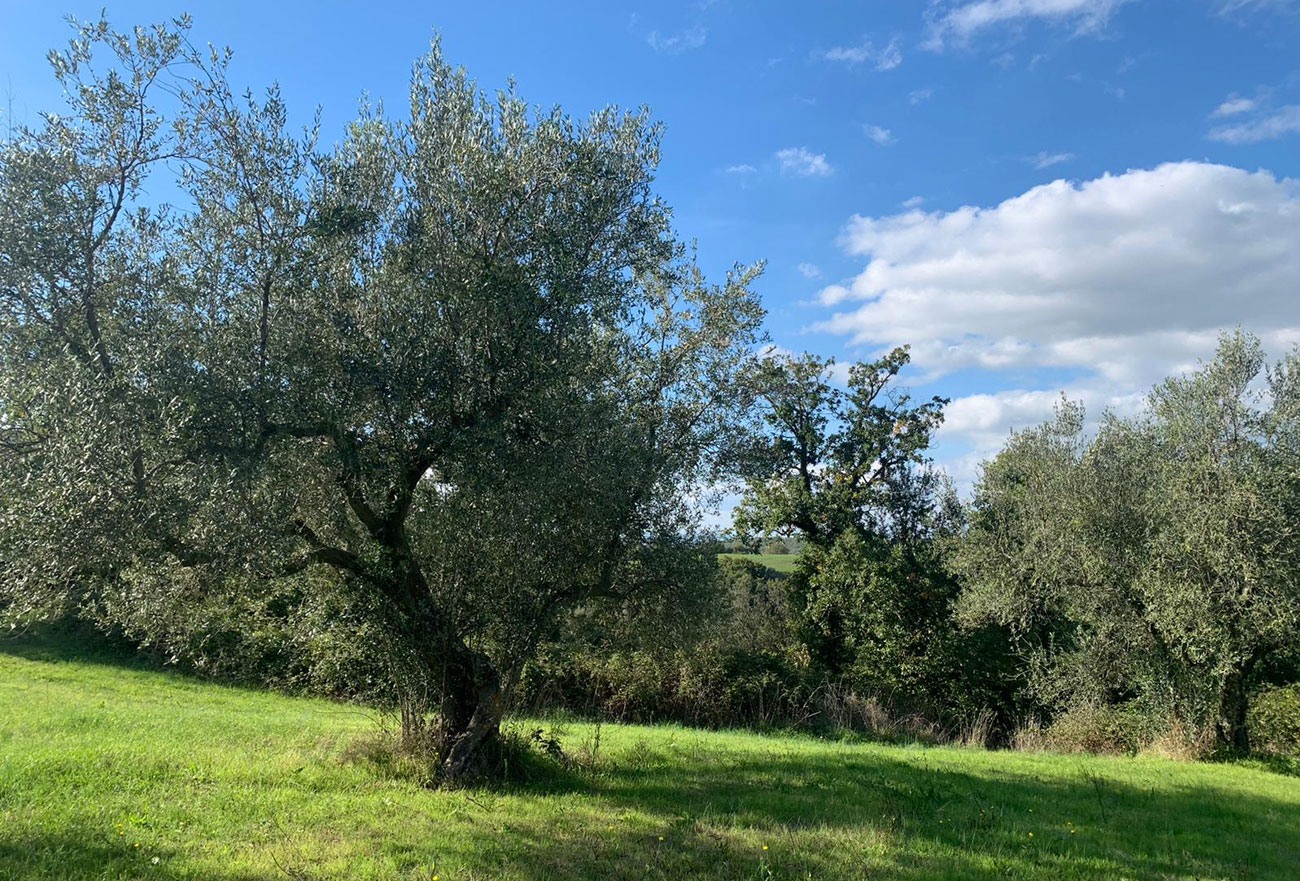
How to grow an olive tree: irrigation and other useful tips
Olive trees are majestic and ancient trees, and their oil has fueled Mediterranean civilizations for millennia. If you have decided to take up olive tree cultivation, know that you are embracing an ancient art. Here is a detailed guide to making sure your tree grows strong and healthy.
1. Choosing the right variety
Not all olive trees are the same. There are hundreds of varieties, each with its particularities in terms of climate, soil, and disease resistance.
- Cold climate: Various varieties, such as ‘Leccino’ or ‘Frantoio,’ are adapted to colder climates and can withstand temperatures slightly below freezing.
- Warm climate: ‘Manzanilla’ or ‘Picholine’ prefers warmer climates.
Researching the varieties best suited to your area can make a big difference in growing success.
2. The ideal soil
The olive tree is a plant that has its roots in the history and tradition of the Mediterranean. One of the reasons for its success and spread is its ability to adapt to different soil conditions while having distinct preferences.
2.1 pH and Nutrients
Olive trees prefer soils with a pH between 6 and 8. This is a neutral or slightly alkaline range. Soil pH affects the plant’s ability to absorb nutrients, and soil that falls within this pH range ensures that olive trees can access all the essential nutrients they need.
Before planting, conducting a soil analysis is crucial. This analysis will reveal not only the pH but also the presence of macro and micronutrients such as nitrogen, phosphorus, potassium, and magnesium. Although olive trees are not particularly demanding in terms of fertilization, knowing the composition of the soil can help balance any deficiencies with the addition of organic or mineral fertilizers.
2.2 Structure and Drainage
Soil structure is critical to the health of olive tree roots. Well-drained soil prevents waterlogging, which could otherwise cause rooting disease or rot.
Soils that are too loamy or compacted can retain excess water and hinder root growth. In these situations, it is advisable to improve the soil structure. Adding sand can increase soil drainage. Similarly, organic compost not only enriches the soil with vital nutrients but also improves its structure, making it softer and more permeable.
2.3 Soil depth
Olive trees have deep roots that can extend deep into the soil in search of water. For this reason, it is ideal to have deep, tilled soil at least 1 meter before planting. This will allow the roots to expand freely and access deeper water reserves during dry periods.
2.4 Conclusion on Ideal Soil
Although the olive tree is a hardy and adaptable plant, providing it with the right soil can make the difference between healthy growth and stunted growth. By investing time in preparing and understanding your soil, you will ensure your olive tree has the solid foundation it needs to thrive.
3. Location and light
These trees love sunlight. Make sure the olive tree is placed in an area where it can receive at least 6-8 hours of direct sunlight each day. Good sun exposure ensures better fruiting and healthy growth of the tree.
4. How much water?
Although olive trees are known for their drought resistance, watering is crucial, especially in the early stages.
- Young trees: During the early years, olive trees need constantly moist soil. This does not mean overwatering but maintaining moisture.
- Mature trees: Once the tree has rooted well, it can withstand periods of drought. However, during the warmer summer months, deep watering every 2-3 weeks is advisable.
5. Pruning and maintenance
Regular pruning is essential to ensure balanced growth and good olive production.
- Training pruning: In the early years, the goal is to give the tree a solid structure. This means removing weak branches or those growing in undesirable positions.
- Maintenance pruning: In later years, the goal of pruning is to ensure good fruit production and prevent disease. This means removing dead, diseased, or overlapping branches.
6. Pests and diseases
Olive trees can be attacked by various pests, such as the olive fly, or diseases such as olive mange. Regular monitoring and preventive treatments can help keep the tree healthy.

